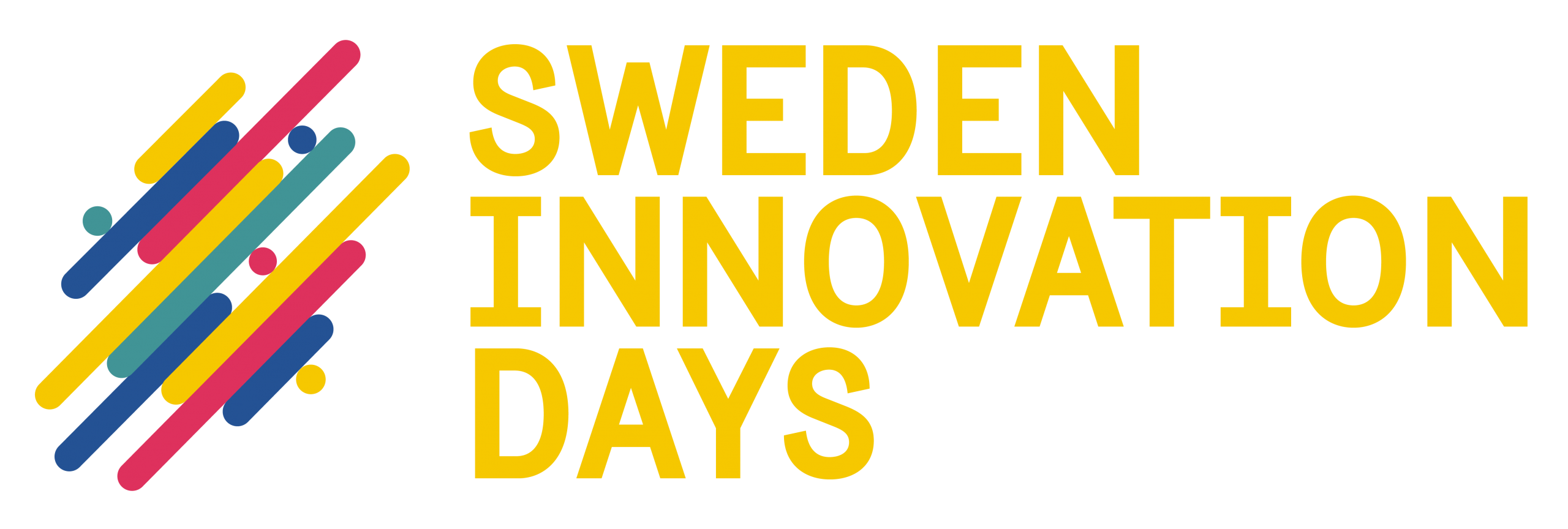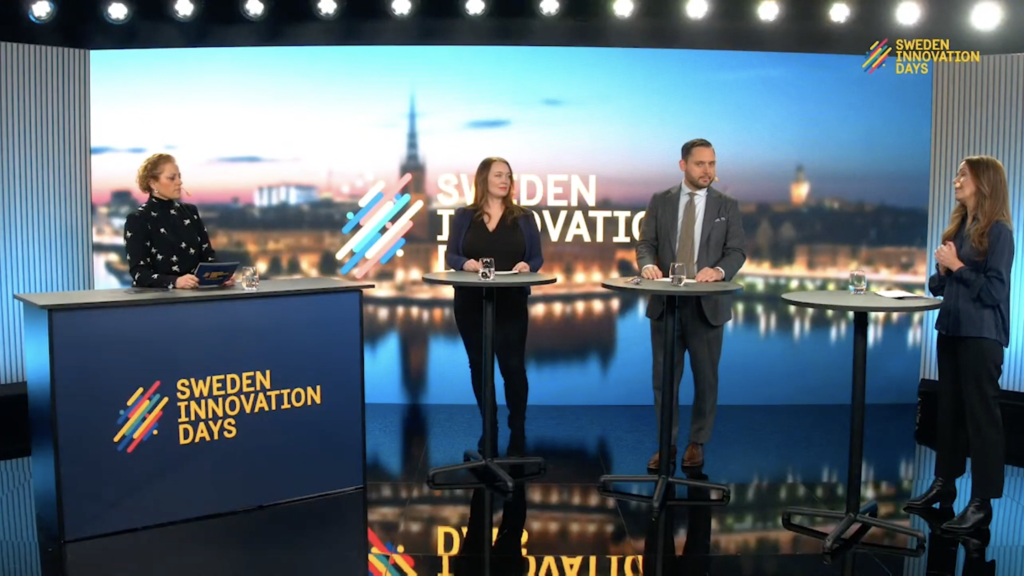The speakers not only explained some of the fundamental tools currently used in the innovation process but moved beyond to explore how they are being implemented and the challenges of the current system. Here are just some of the key takeaways from Day 1’s Mainstage program:



- Collaboration needs to occur at a global level. Sweden may be punching above their weight in terms of population when it comes to innovation, but this cannot not occur in a vacuum. Knowledge and learnings should be shared across borders while being adapted to local contexts. Collaborating internationally needs to be a priority in order to have a global impact.
- There are three core global challenges that need to be prioritised. These include the impacts of overconsumption, the biggest mass extinction event since the dinosaurs and the climate crisis. These three issues are deeply connected but also require specific solutions. Banny Banjeree from Stanford Changelabs explained in his keynote that the current innovation processes are inadequate for dealing with these issues and require measureable, realistic and systematic changes. Where society is headed under the current system is vastly different from where it needs to be and the solution has to be transformative in nature in order to change this trajectory. These can include co-creation, organisational and systematic transformation, non-linear platforms, resoure redistribution and more.
- Missions can be used to inspire and direct innovation but they are not a magic solution – systematic change is required. The biggest mistake that can be made in terms of innovation is the belief that the system doesn’t also need to change. Technology is not the only solution, policy also needs to be adapted which does not occur overnight. Often highly innovative projects with new technology and close connections are easy to recognise and support but it is also essential to enable the moderate and low innovation projects through leadership and introducing them to new markets.
- The priorities surrounding economic gain need to change. Value is currently mostly dictated by speed, efficiency, cost of production and fast returns which are seen as the market ideals. But there needs to be a change in ‘the direction of growth’ and this is where mission innovation can play a role. Rowan Conway said in her keynote and later in the panel discussion that the desire for growth should be recognised but long-term value creation must be prioritized. It is time to reframe cost and shift the mindset regarding cost vs risk and the way money flows by using more dynamic metrics to see value creation over time. More than one type of ‘return on investment’ is required for collaboration between private and public actors.
- We need to ‘walk the talk.’ Throughout the Day 1’s Mainstage program a lot of theory around innovation practices was shared and clearly defined. According to Vinnova’s Regina Summer this is an important first step but she emphasized that theory is nothing if it doesn’t have an impact on society. Focus should be on the ‘how’ and highlighting the process of creating new innovation practices and the need for everyone to be involved – government ministers, academics and the private sector. There is already consensus on the general goals and an existing language to communicate them with the Global Goals. It is time to identify these common missions and move towards them collectively!



Watch all of Day 1’s Mainstage
Relive the entire Mainstage program from Day 1 including Vinnova’s General Director, Darja Isaksson’s Fireside chat on ‘walking the talk’ and a leading innovation agency’s journey towards more sustainable innovation.










